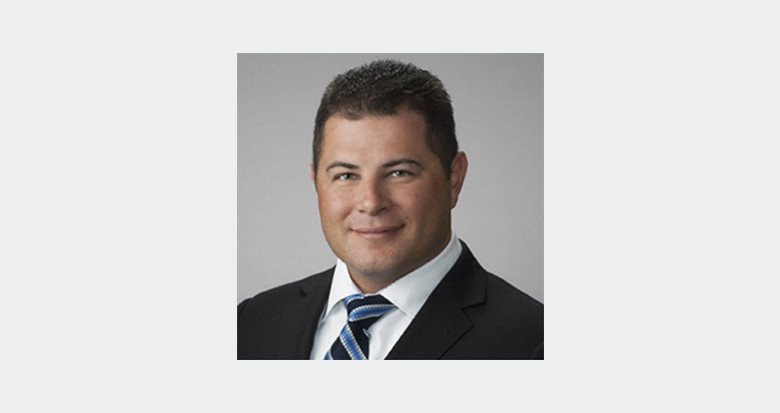A short interview with Matt Churches, Vice President of Utilities at NM Group
Bio: Matt Churches
Formerly of CenterPoint Energy Matt Churches brings over 15 years of experience in both asset and vegetation management. Matt works closely with our clients to help develop new products and solutions. Matt is a Certified Arborist (ISA), Utility Specialist.
Could you introduce yourself and provide a bit of background on your previous industry experience?
Sure, I’m Matt Churches, Vice President of Utilities here at NM Group. I have a bachelor of science in Forestry, am a Certified Arborist and Utility Specialist, and have been working in UVM for over 15 years now. During that time I have worked for or with over 30 different utilities all over the USA.
So how has UVM market changed over the last few years?
Safety more than ever is at the forefront of the UVM industry. I have seen a great deal of effort go into ensuring the safety of the professionals as well as the public. The safety culture has seeded itself deep into all aspects of UVM and has truly become a core value. I am impressed with the quantity and quality of safety training and programs available today for utilities and of new initiatives to further improve matters.
Geospatial technology has also made an impact in reducing safety risks. Anything that reduces time in the field has a benefit to employee safety, and that is something LiDAR has definitely helped with.
Whereas a foot patrol might have taken weeks or months, airborne LiDAR surveys can be completed in hours or days.
What would you say is the biggest challenge at the moment for transmission utilities in VM?
Meeting compliance while staying in budget is probably the number one challenge. Increasing labor rates and budget squeezes mean this is likely to become and even larger challenge in the future.
Can you offer any advice or strategies to help?
Every network is unique so I will only talk about generalities. However a way of improving cost efficiency and compliance is by ensuring fall-ins are accurately identified and effectively prioritized. Geospatial technologies like LiDAR are completely objective so they remove the subjectivity inherent in legacy methods such as a visual patrol. It can be really hard to spot that one encroaching branch or assess a fall in tree from the field. If you are doing this in a helicopter it can be even harder. It’s noisy, fatiguing and you can be working for several hours at a time, definitely not an easy environment to work in. That’s where LiDAR makes sense, it’s objective and relies on computer analysis; not humans who get tired.
There is technology available that can extract data on tree canopies, providing a database of sizes, heights, volumes and so on. How useful could that be for utility VM?
Extremely useful. Any intelligence regarding vegetation along utility right of ways/easements is useful information. Right now you have all this useful information available. You can see the height, area and volume of vegetation which really helps with informing scoping for tree cutting. If you know the volume in detail you can better predict costs. It also removes uncertainty when tendering for cutting contracts – increasing competition and helping to drive down costs.
What do you see as the most important future trends for UVM professionals?
I see geospatial led vegetation management becoming much more widespread over the next few years. The technology has just matured so much. Compared to foot or helicopter patrols you can now get faster, cheaper, more accurate vegetation inspections using LiDAR. I see the trends now consisting of how to use the information and present it most effectively, as no one wants a large volume of unmanageable data.
